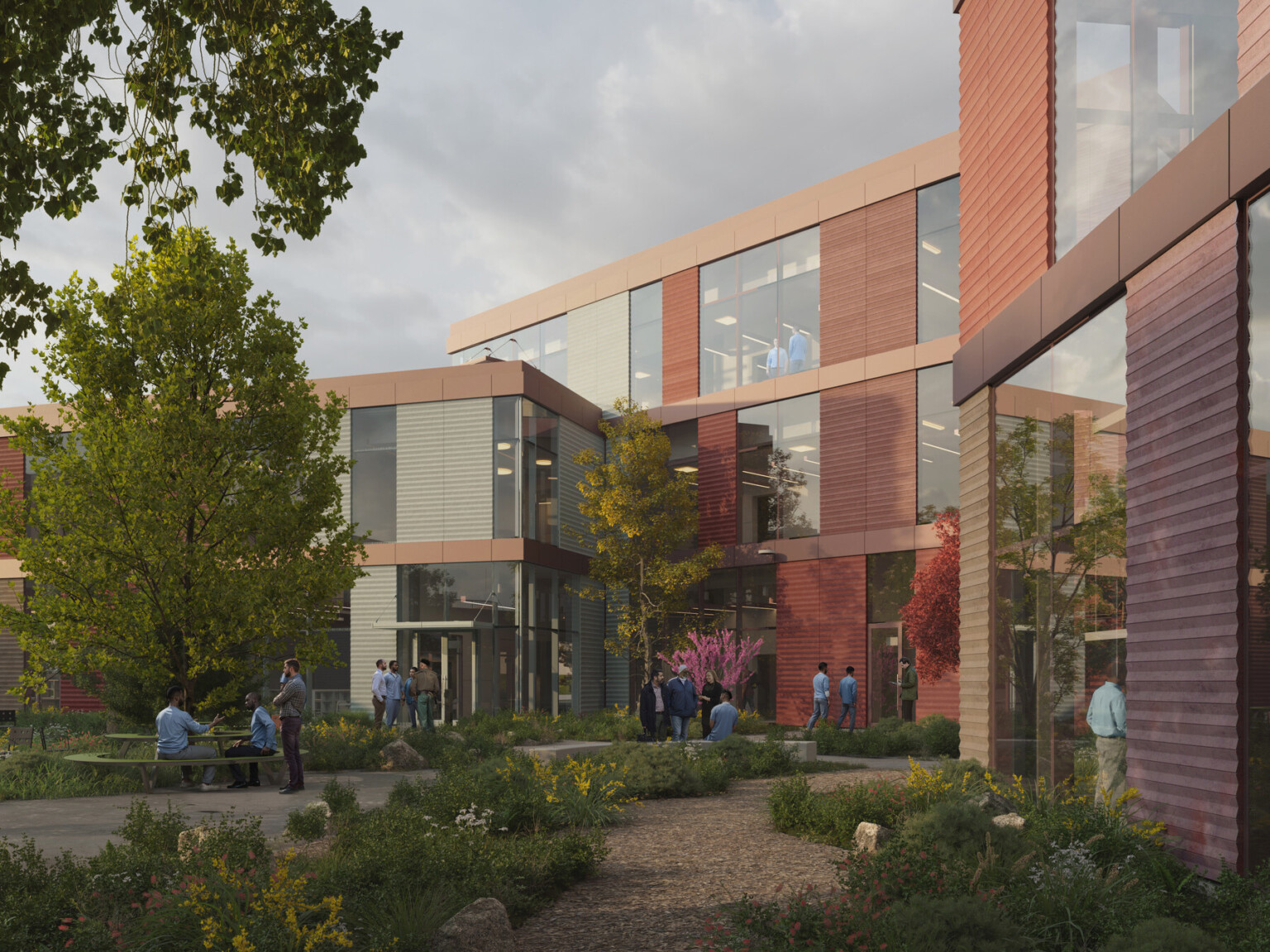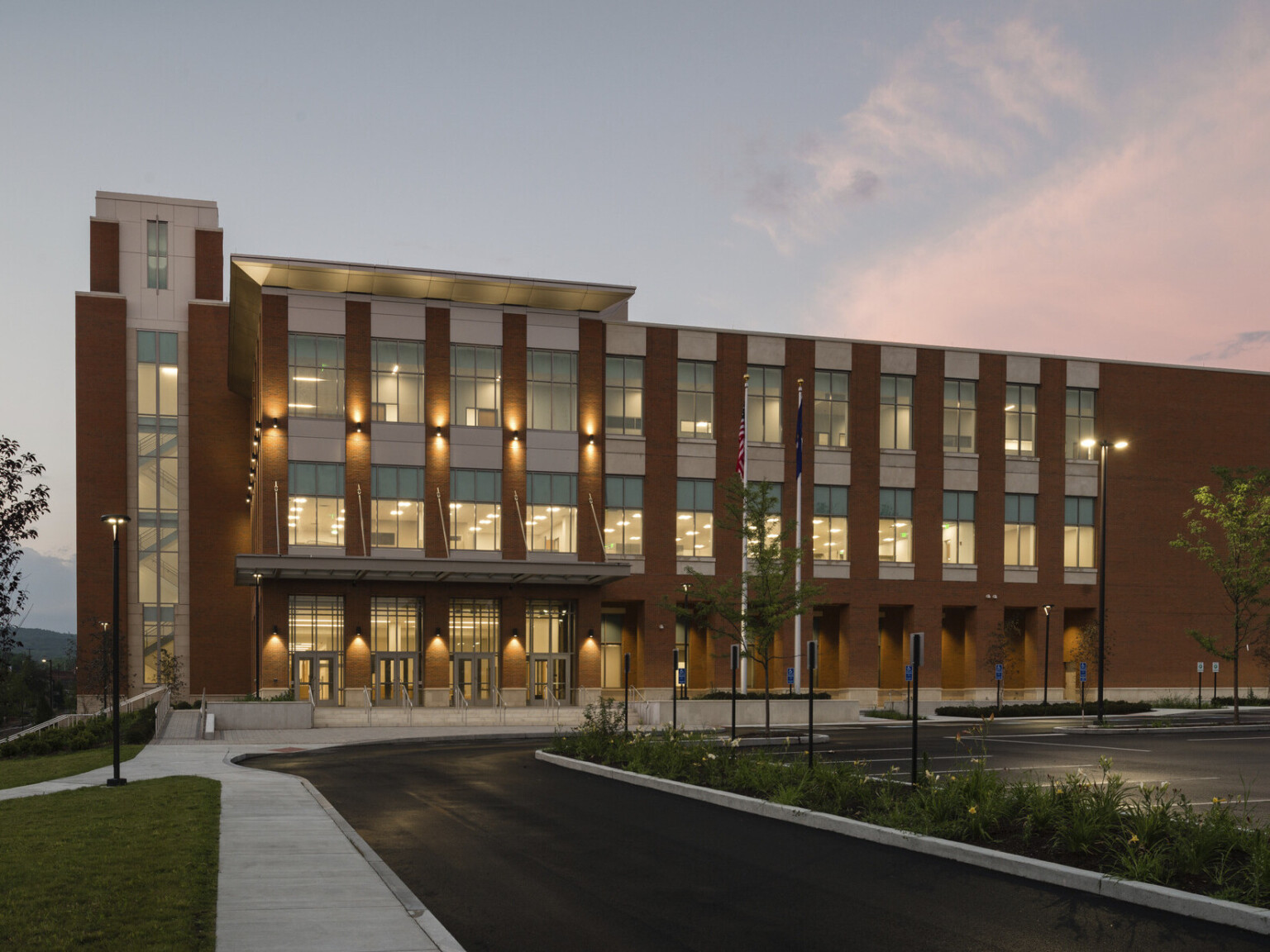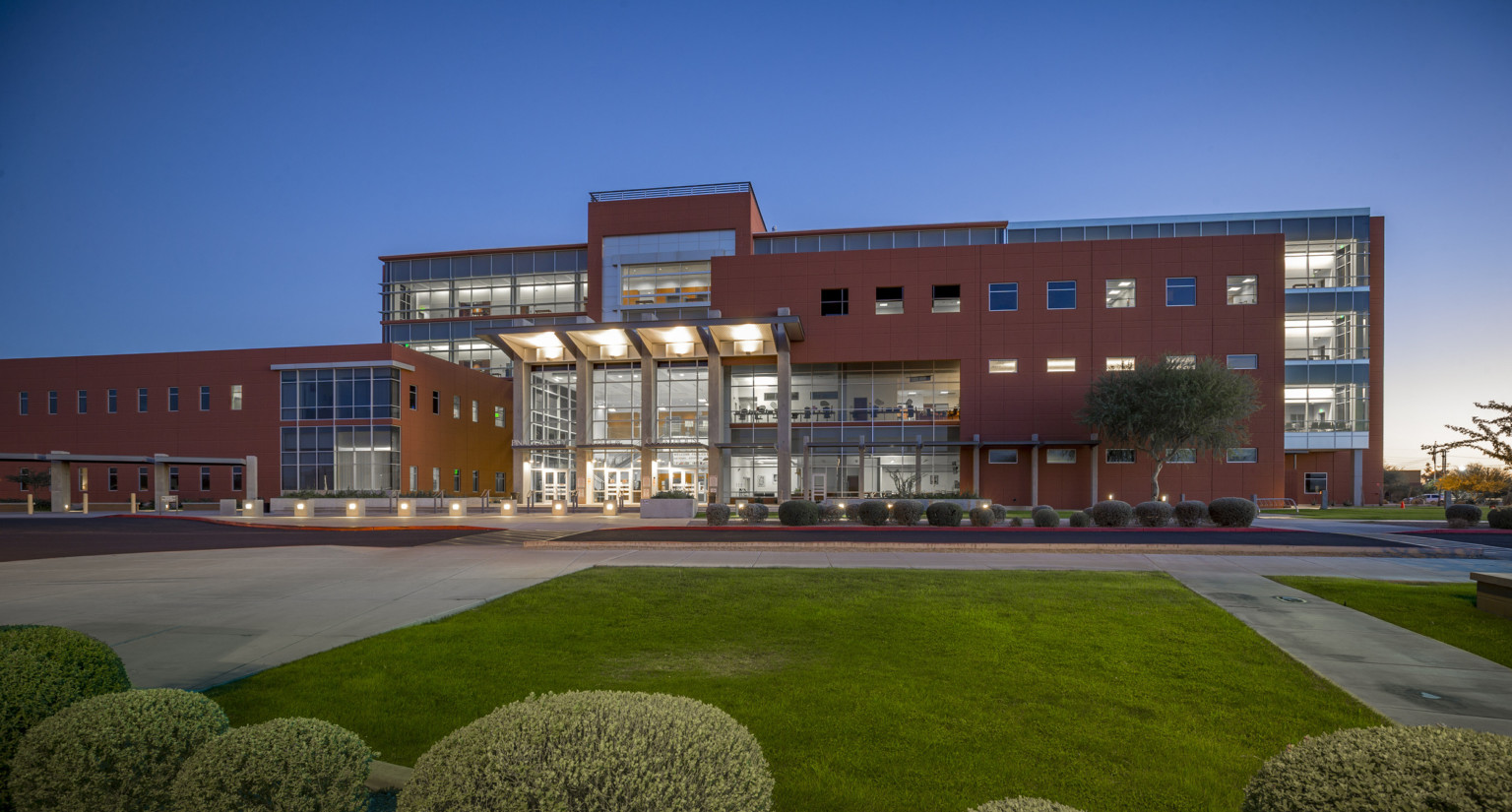
The Human Factor of Courthouse Expansion Design
Courthouses are critical-need facilities. Because accessible justice services are the right of every U.S. citizen, courthouses never close for the sake of a construction project. And if it does necessitate closing a section of a justice facility, alternative space options are required. Expansion projects require that the existing building remain operational and user-friendly during the renovation process. DLR Group’s on-going experience with counties across the United States highlights the importance of carefully planned interim steps to maximize the user experience and courthouse functionality, both during and after the transition from old to new.
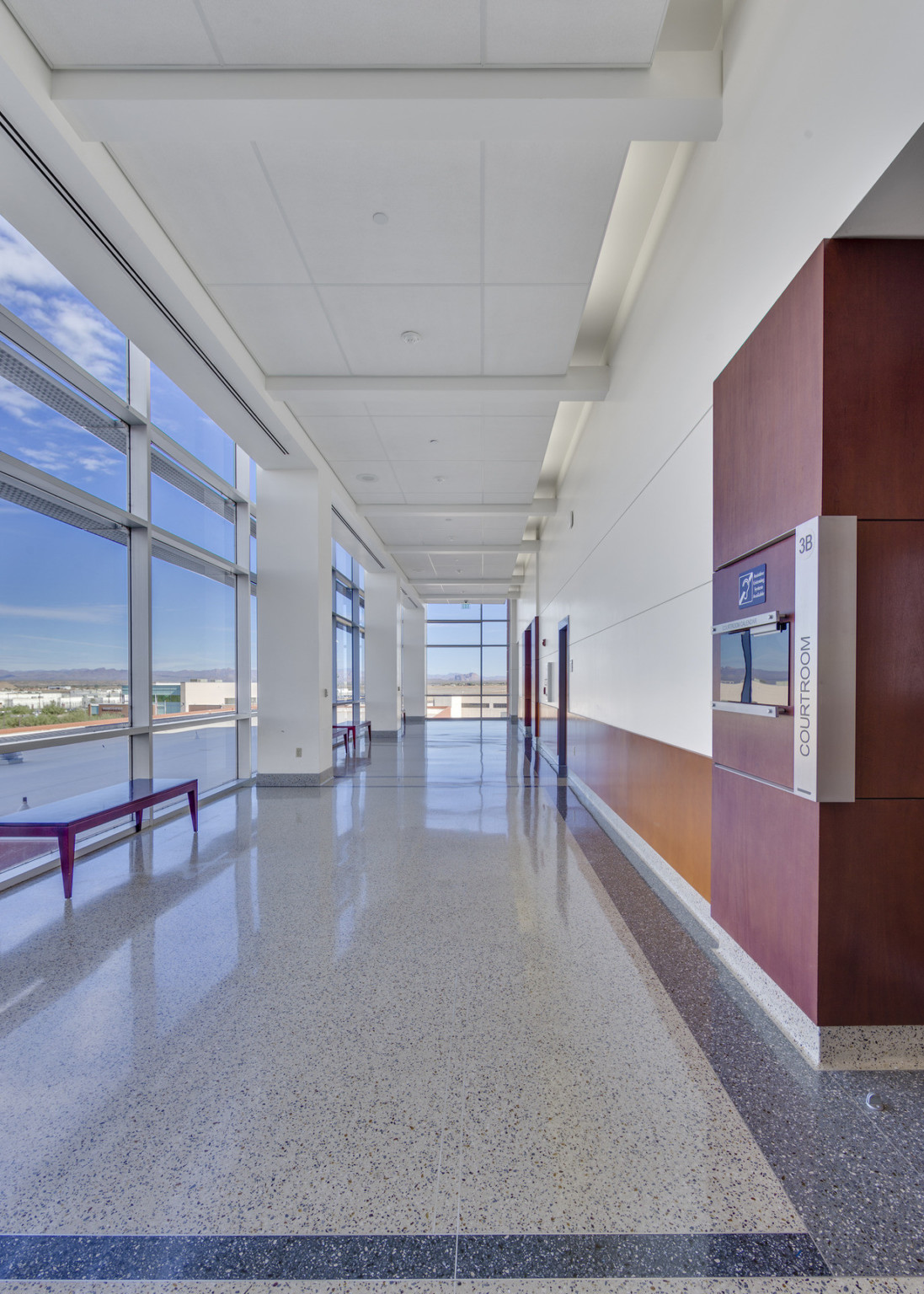
Move Management
Unlike new construction, expansion projects incur the need for interim, smaller moves. Interim moves are necessitated by a department either growing in place as part of the expansion process or by its proximity to forecasted construction activities. With any expansion project, the primary goal is to limit these interim departmental moves. In some cases, move management will facilitate temporary departmental relocations to off-site lease space or available county-owned space. These types of moves, where possible, can shorten the overall construction duration and reduce cost by eliminating the need for expensive night and weekend work to avoid lapses in needed public services. Therefore, a carefully considered move-management plan is an integral part of forecasting the overall project timeline.
When move management begins with early planning discussions, it prevents unnecessary delays in service, and integrates associated costs into the project budget. The design team also must engage with the client to develop communication plans for staff to keep them involved, informed, and excited about the new project despite one or two inevitable inconveniences. Most importantly, an effective move-management plan considers the departmental staff processes to minimize downtime and disruptions in operations. This allows the public to continue accessing services in the same safe and secure manner, regardless of phased construction activities.
Furniture Inventory
A thorough inventory of existing office furniture and open office systems is of parallel importance to move management. Knowing the various furniture types, the flexibility each system offers, and condition play an important role in temporary relocation efforts, and even the re-use of furniture in a newly developed departmental layout. In the case of open office systems, understanding power requirements and the ability to augment or modify the available parts to meet new spatial requirements will not only reduce unforeseen downtime, but offer a possible cost savings by maximizing the reuse of existing furniture. Systems furniture vendors can be a valuable resource and provide a detailed list of parts and costs for furniture relocation and modification. Using left-handed or right-handed layouts maximizes the flexibility and expanded reuse of office furniture. Again, cataloguing this ahead of time can prevent costly delays during reuse and relocation.
Technology Integration
Expansion and renovation projects tend to include a mix of old and new technologies. From courtroom evidence display to security cameras and controls, dated hardware and software may not interface with what is now the industry standard, or meet the overarching goals of the project. Pre-planning is again the foundation for success. Knowing the limitations and flexibility of existing systems early in the planning process will help preserve project budgets and establish the requirements to create a fully integrated system. It may also allow for a phased approach to implementation. For example, during the planning of the Charlotte County Courthouse, flexibility in the existing systems allowed for the phased implementation of new technology hardware. These new components will be installed immediately in the new expansion with upgrades occurring within the existing facility over time.
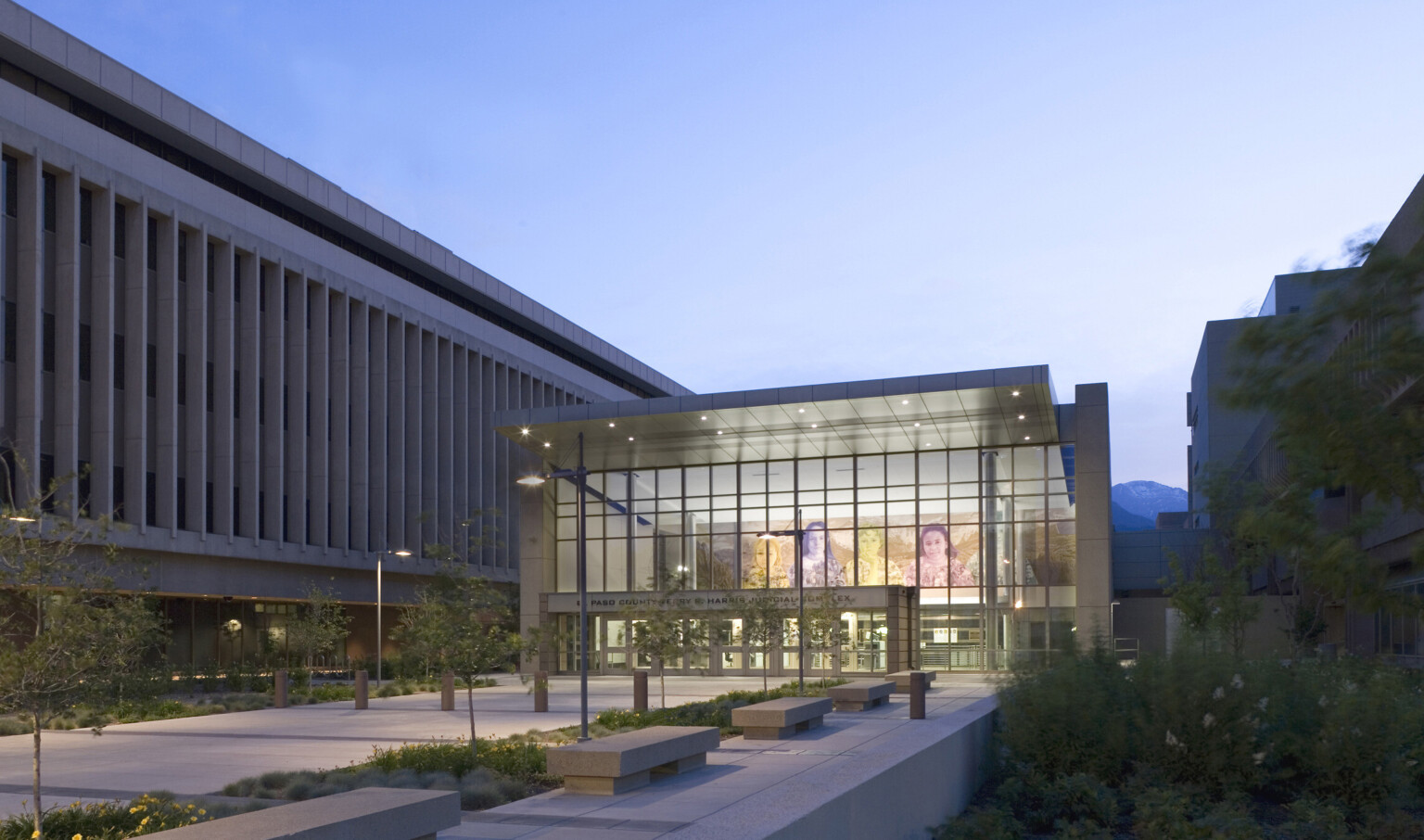
Wayfinding
Visitors to a courthouse often arrive under stress, and need visual cues and wayfinding elements to direct them to their desired destination. Expanded facilities have the potential to make wayfinding more complicated and heighten stress factors for the user for two reasons. First, the expansion process means for a period of time, visitors coming to the site are arriving during construction when building access and parking locations can change weekly. It is imperative to amplify wayfinding and communication to the general public and building occupants during this transitional phase of the project. Carefully planned interim wayfinding strategies during this stage of project development can go a long way toward maintaining effective on-going operations, allowing jurors, attorneys, and witnesses to arrive in an orderly, timely fashion to court.
The second critical piece of the wayfinding puzzle occurs at project completion. A new wing to an existing courthouse, for example, may send a user to a portion of the building or floor(s) of the building that did not previously exist. A comprehensive rethinking of the building wayfinding elements should be considered to minimize any confusion based on relocating certain building functions. Identifying where key decision points occur in the expanded facility makes wayfinding a key tool for smoothly directing the public to their destination.
When planning an expansion to an existing courthouse, understanding the steps it takes to get there is just as important as the final solution. Carefully defining the interim steps, including move management, furniture inventories, technology integration, and wayfinding can lay the foundation for success and maintain a positive user experience from start to finish.








